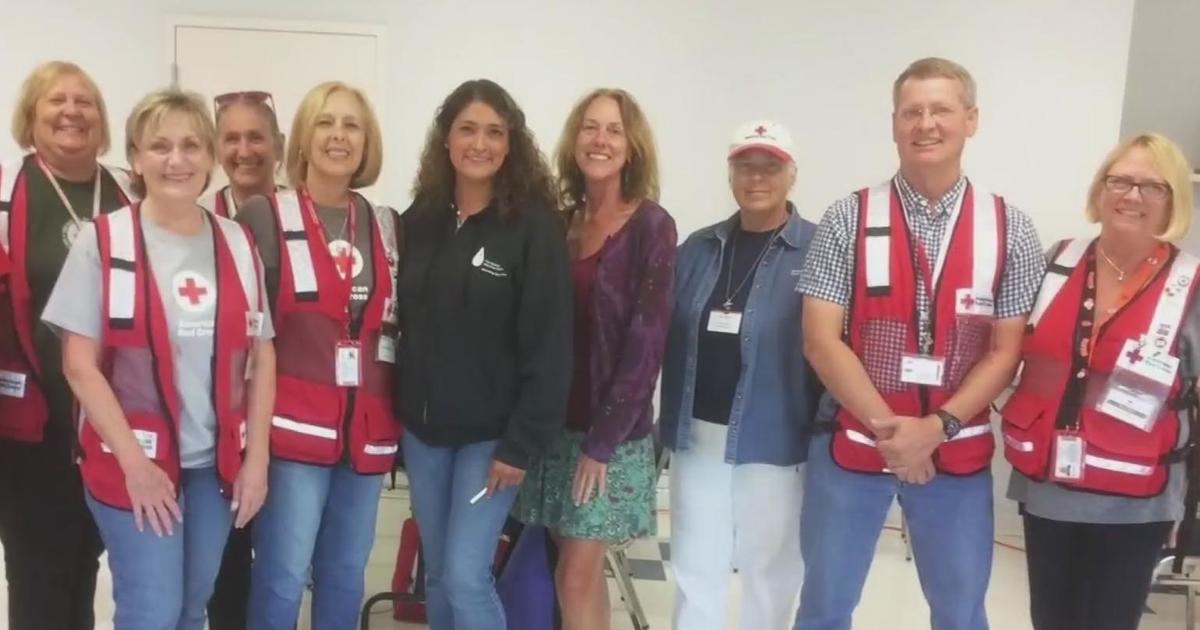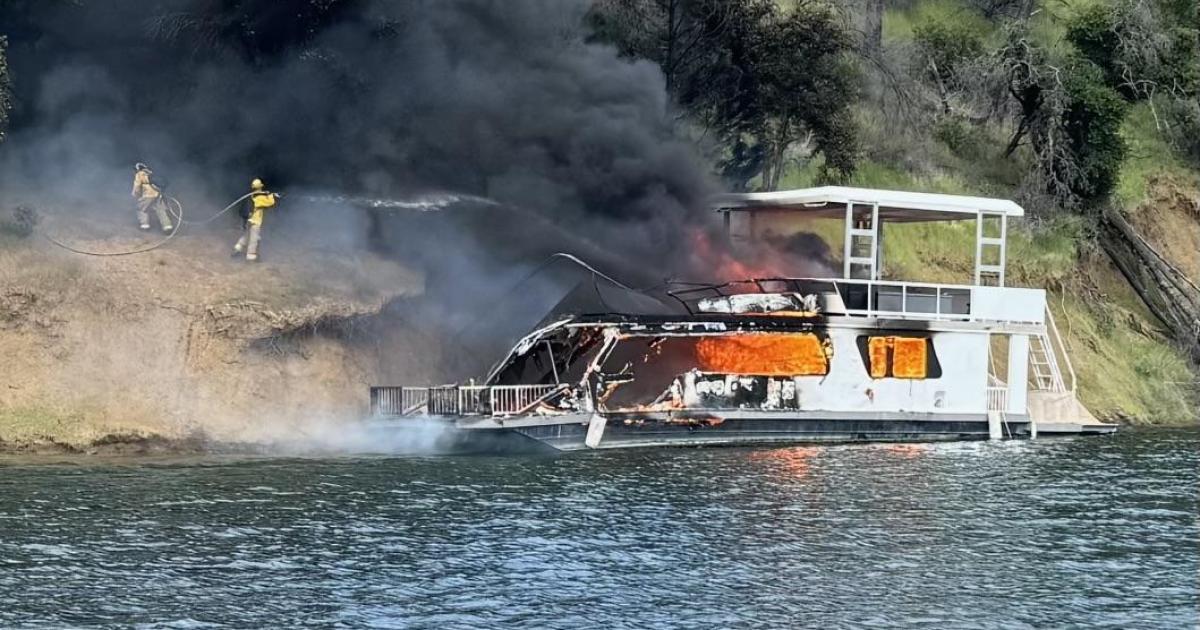"You Can't Fight If You're Sick"; Bay Area Doctor's Advice For Protesting In A Pandemic
OAKLAND (KPIX 5) -- In the past week and a half, we have watched tens of thousands of people march through the Bay Area, protesting the end of police brutality and racism. The problem with all of this? It's happening in the midst of a global coronavirus pandemic.
"[There is] clearly a high risk for COVID transmission which means, when we're going to have a voice, we need to do it in a way that's safe," said Stanford-trained internist Dr. Zubin Damania. "We have to speak up if we feel like we need to, but we also don't want to toss away all the sacrifice that these very communities have made. These are the communities that are at high risk for COVID disease."
Alameda's recent uptick in cases places it at the top of Bay Area counties with the most infections. Previously, Santa Clara County had the highest number at nearly 2,800. With more than half the population of Alameda County – nearly 62% - consisting of minorities, Dr. Damania says these communities bear the brunt of the disease.
"Chronic poverty, crowded conditions, lack of access to good food, education and job opportunities ... these populations have more chronic and inflammatory disease, like diabetes and high blood pressure. That has been shown to put you at risk for being very sick from COVID-19."
COMPLETE COVERAGE: GEORGE FLOYD PROTESTS
Damania says multi-generational families that squeeze into tight living quarters, such as the apartments sprinkled throughout Alameda County, contribute to the rapid spread of the novel coronavirus. More than 200,000 of its residents live below the federal poverty line.
Regardless of the health concerns, impassioned protestors have said the risk of staying silent on the matter is far greater than the risk of contracting the disease, which is why physicians and health experts continue to warn that the coronavirus has not gone away.
"We have to be able to zoom out and see the bigger picture," said Damania. "You can't fight if you're sick, or your community is sick, and again, we've made so much sacrifice so far."
Dr. Damania's most basic advice to protesters and people, in general, is to wear a mask and use hand sanitizer, reminding that asymptomatic people can still be infected.
Protesting outdoors is better than indoors and people should try their best to social distance. He encourages protestors to split shifts with each other and rotate in and out to decrease exposure.
Cloth masks, surgical masks and N95 masks are all fine to use, but the denser and more tightly woven the fabric, the better. He says what's important is not what kind of mask you have, but how you use it, and you don't want to be taking it off or touching your face.
Since the virus spreads through respiratory droplets, bringing a megaphone to amplify your voice is safer than yelling or screaming.
As far as police practices, he says one of his main concerns is tear gas.
"People rip their masks off when they're afflicted with tear gas, it causes inflammation in the lungs, it puts you at risk, not only from getting COVID, but also from giving it to someone else because now you're coughing, you have secretions everywhere."
Another policing practice he says that makes the virus easily transmittable is "arresting people and putting them in enclosed locations."
COMPLETE COVERAGE: CORONAVIRUS PANDEMIC
Damania looks back at the history of the 1918 Spanish flu pandemic for lessons.
"We haven't even seen the beginning of what a pandemic could do and this has been terrible. So, we should be learning and growing and understanding and preparing. I think knowing what we know now, we would predict a second wave that'll be big because of this."
In preparation of the lockdown being lifted, Alameda County has released amended guidelines allowing residents to use "social bubbles." One person's bubble can have as many as 12 people in it, as long as they continue to socialize outdoors at a distance. Damania says this practice has seen success in other countries.
"Well, I think ideas like social bubbles have worked in other countries, like New Zealand. I think the idea is that you start to have a phased re-opening where you're limiting exposure ... particularly for high risk people, the elderly with multiple chronic diseases ... and you're keeping the exposure rates low, especially when there's a high rate of infection still going on and then you can expand from there."
"I think it's a rational way to start to open up."



